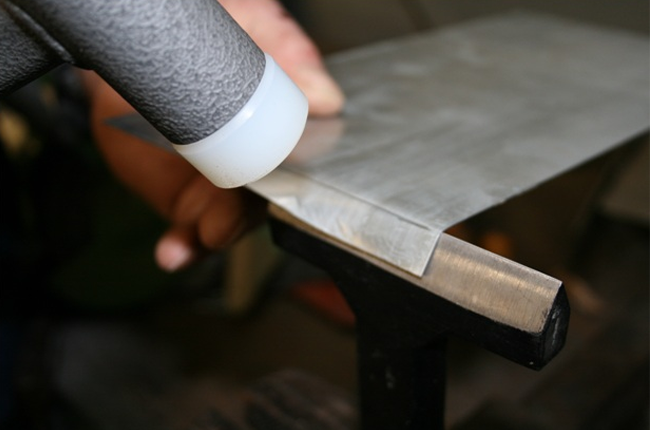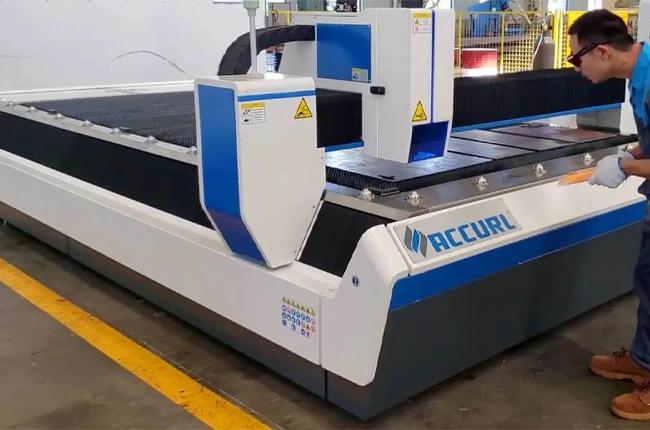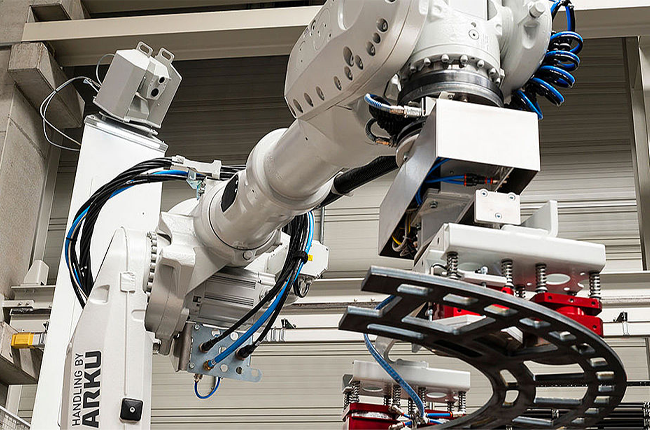The Evolution of Sheet Metal Fabrication : From Traditional Techniques to Advanced Technologies using CNC machine with Automation using a robot technology

Sheet metal fabrication has come a long way from the traditional methods of hammering and bending by hand. With the advancement of technology, particularly the introduction of Computer Numerical Control (CNC) machines and automation using robots, the industry has seen a revolution in how sheet metal components are manufactured. Let's take a journey through the evolution of sheet metal fabrication, from its humble beginnings to the cutting-edge techniques of today.
Traditional Techniques: Hammering and Bending by Hand

In the early days of sheet metal fabrication, craftsmen relied on manual techniques to shape metal sheets. This involved hammering the metal into the desired shape and bending it by hand using simple tools like anvils and hammers. While this method allowed for a certain level of customization, it was time-consuming and labor-intensive.
CNC Machines

The introduction of CNC machines revolutionized sheet metal fabrication by automating the cutting, bending, and forming processes. CNC machines are programmed with precise specifications, allowing for accurate and repeatable production of complex components. This technology drastically reduced production time and increased efficiency in the fabrication process.
Advantages of CNC Machines
CNC machines offer several advantages over traditional techniques
Precision :CNC machines can achieve high levels of precision, ensuring consistency and accuracy in every component produced.
Efficiency :Automation reduces the need for manual labor, resulting in faster production times and lower labor costs.
Flexibility :CNC machines can be programmed to produce a wide variety of components, making them highly versatile for different manufacturing needs.
Complexity :These machines can create intricate shapes and designs that would be difficult or impossible to achieve manually.
Integration of Automation with Robots

The latest technology in sheet metal fabrication is the integration of automation using robots. Robots are programmed to perform tasks such as loading and unloading materials, operating CNC machines, and handling finished components. This level of automation further enhances efficiency and productivity in the fabrication process.
Benefits of Automation with Robots
Increased Productivity :Robots can work continuously without fatigue, leading to increased productivity and output.
Safety : By automating repetitive and hazardous tasks, robots improve safety in the workplace by reducing the risk of accidents and injuries.
Cost-Effectiveness : While the initial investment in robotics may be high, the long-term cost savings from increased efficiency and reduced labor costs make it a worthwhile investment for many manufacturers.
Quality Assurance : Automation with robots ensures consistency and quality in every component produced, minimizing errors and defects.
Challenges and Considerations
Despite the numerous benefits of advanced technologies in sheet metal fabrication, there are some challenges and considerations to keep in mind
Initial Investment: Acquiring CNC machines and robots can require a significant initial investment, which may be a barrier for smaller businesses.
Training: Proper training is essential for operators and programmers to effectively use CNC machines and robots, ensuring optimal performance and safety.
Maintenance: Regular maintenance and servicing are required to keep CNC machines and robots in good working condition, which adds to operational costs.
Integration: Integrating automation with existing manufacturing processes can be complex and may require reorganization of workflows and infrastructure.
Conclusion
The evolution of sheet metal fabrication from traditional techniques to advanced technologies with CNC machines and automation using robots has transformed the industry, making it faster, more efficient, and more precise than ever before.
While there are challenges to overcome, the benefits of these technologies far outweigh the drawbacks, paving the way for a future of innovation and growth in the field of sheet metal fabrication.